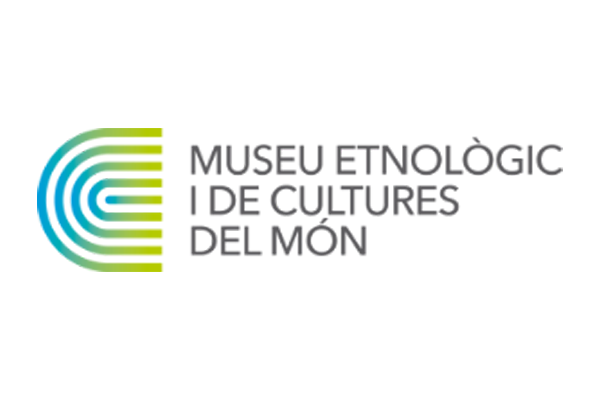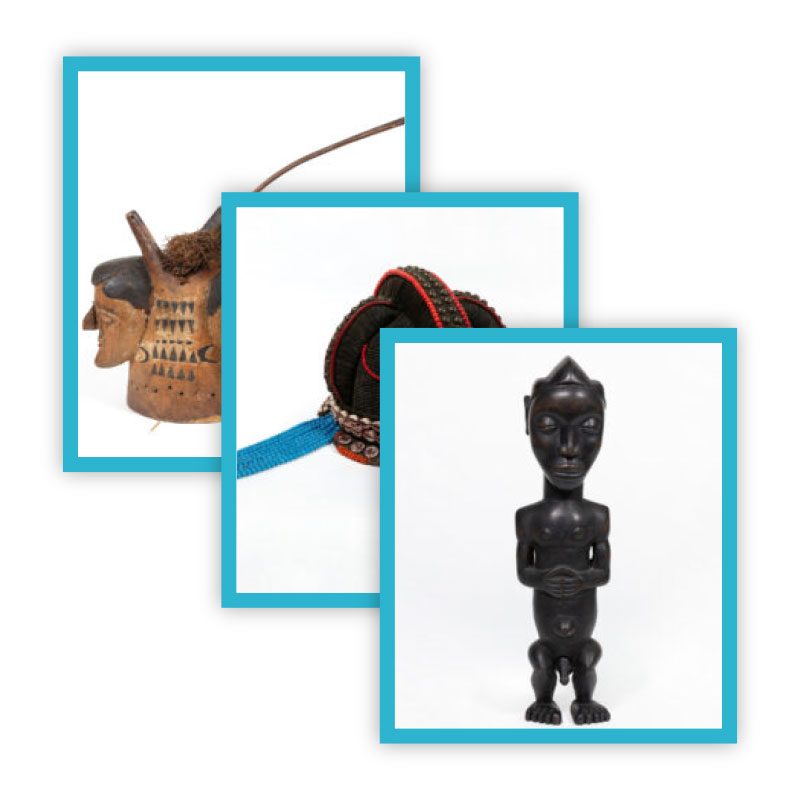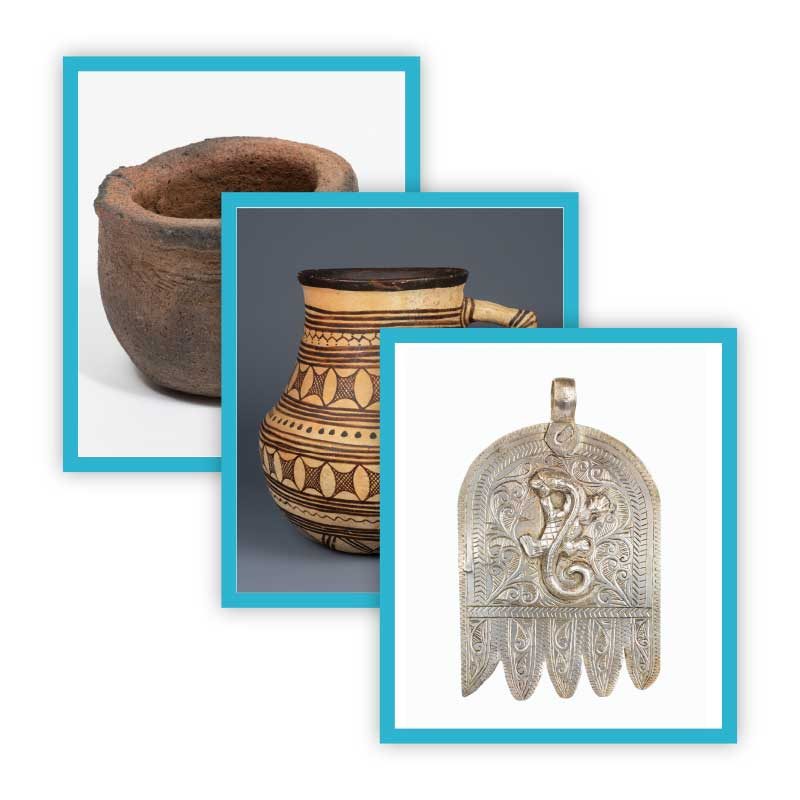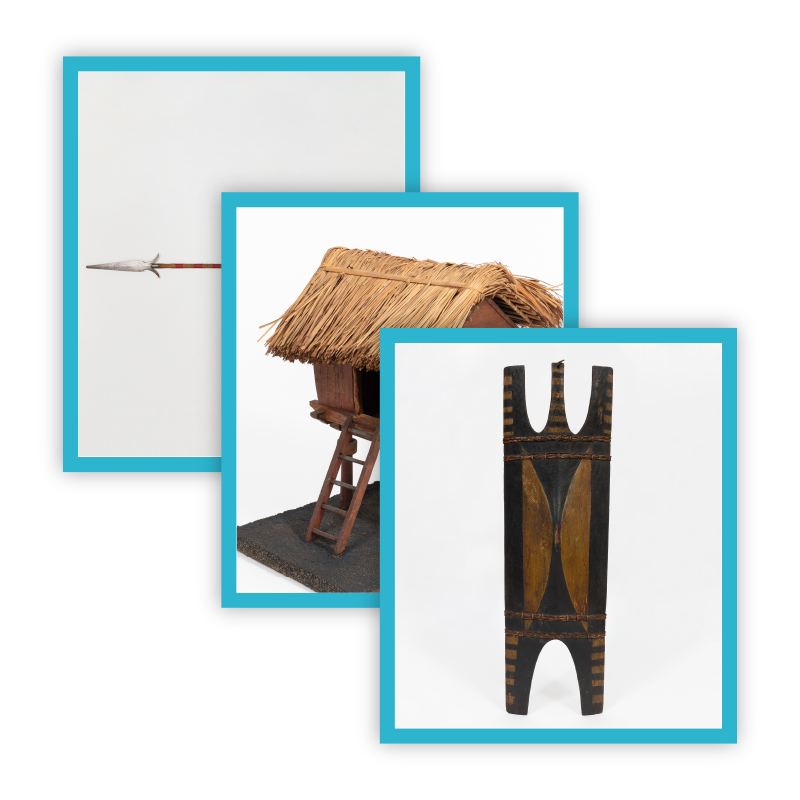The heritage of the new museum amounted to 2,700 objects from different donations and expeditions carried out between the second half of the 19th century and the mid-20th century in the Philippines, Equatorial Guinea, Ecuador, and Peru. Subsequently, the collections were increased during several ethnological campaigns led by the former director of the museum, August Panyella, with the help of his colleagues.
Initially, during the 1950s, these expeditions were limited to the Spanish colonies in Africa: Guinea and Morocco. In 1958, Panyella received a letter from José Díaz de Villegas, Director General of African Plazas and Provinces, indicating the advisability of ‘changing the word “Colonial” for another word more in line with the currents of thought and politics of the time’.
The new name chosen would be ‘Ethnological Museum’, with the addition of a subtitle: ‘Races – Peoples – Cultures’. Following a series of relocations and modifications to the conceptual framework of the institution, a new building was constructed in 1973 to house the Ethnological Museum of Barcelona, also in Montjuic.
More recently, in 2015, the Museum of World Cultures (MCM) opened its doors as the centre’s second headquarters, occupying the palaces of Nadal and Marqués de Llió on Carrer de Montcada. This museum was made up mainly of pieces from the Folch Foundation, as a result of a loan of 2,352 non-Western art objects. In 2017 these two sites were merged to create a single facility: the Museum of Ethnology and World Cultures (MuEC).




